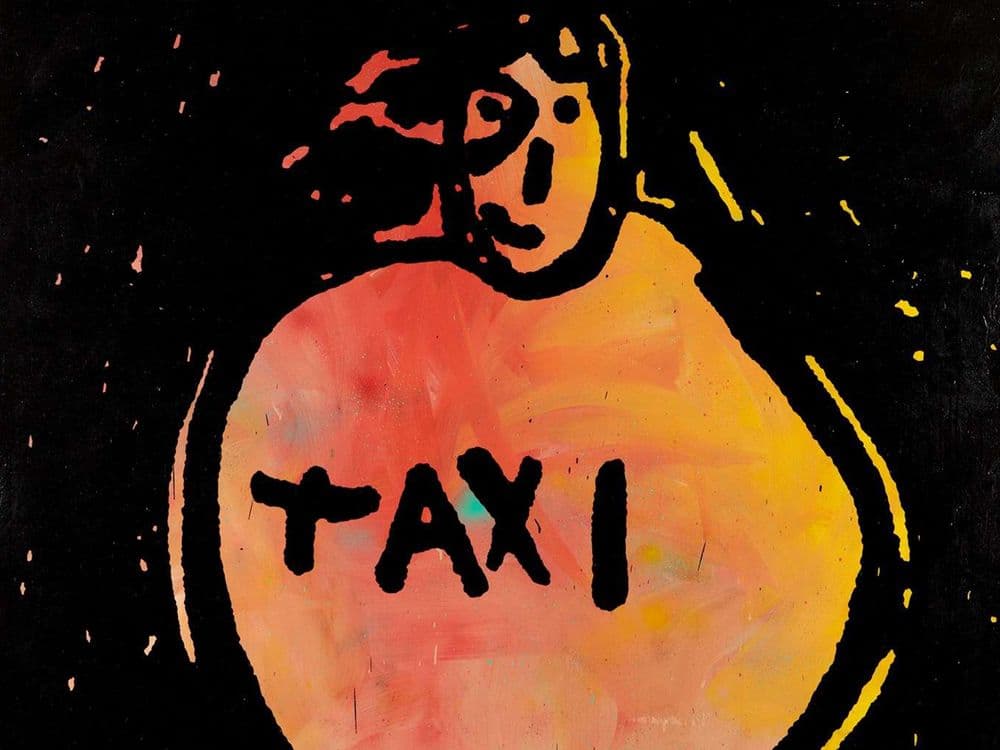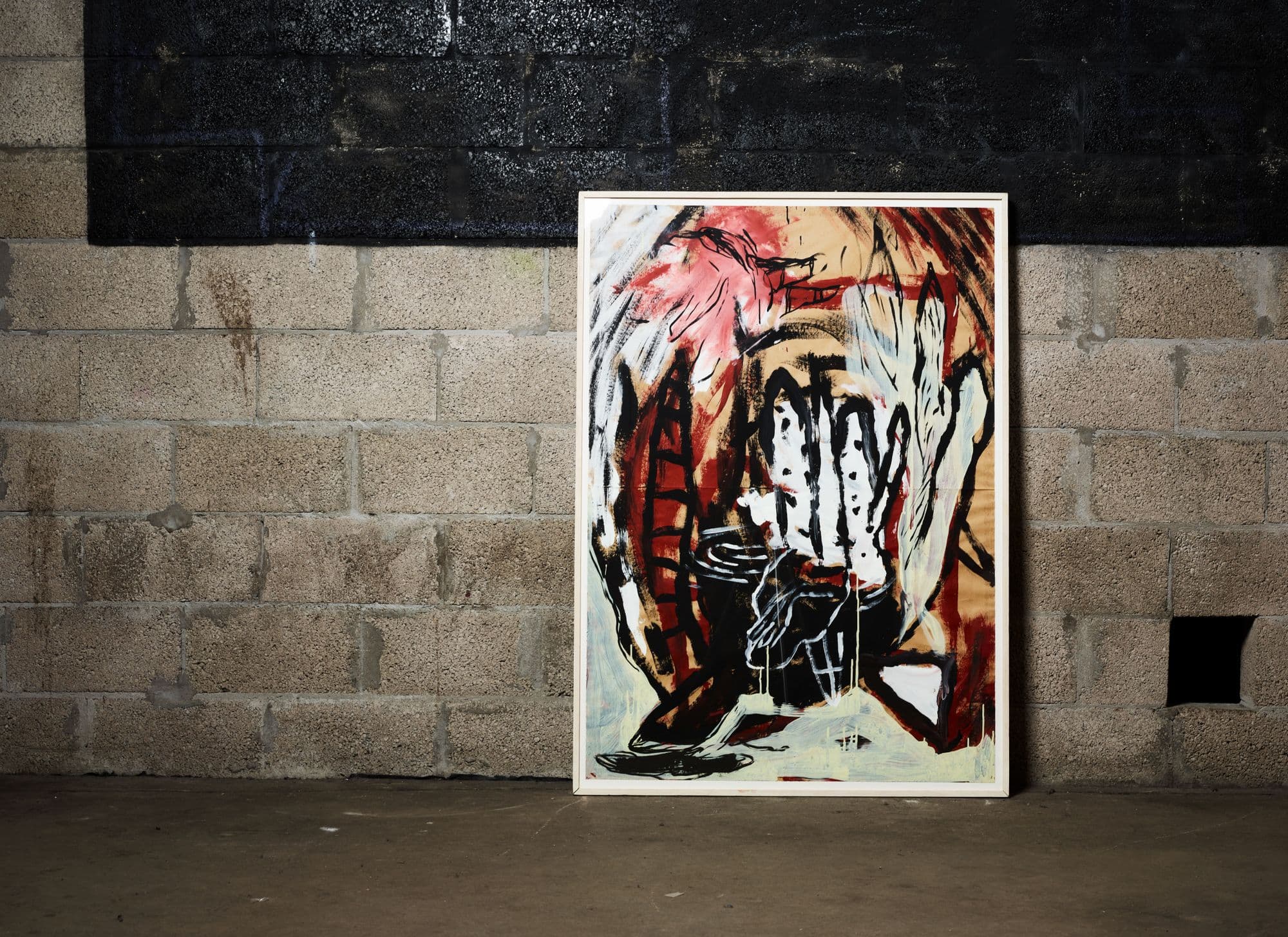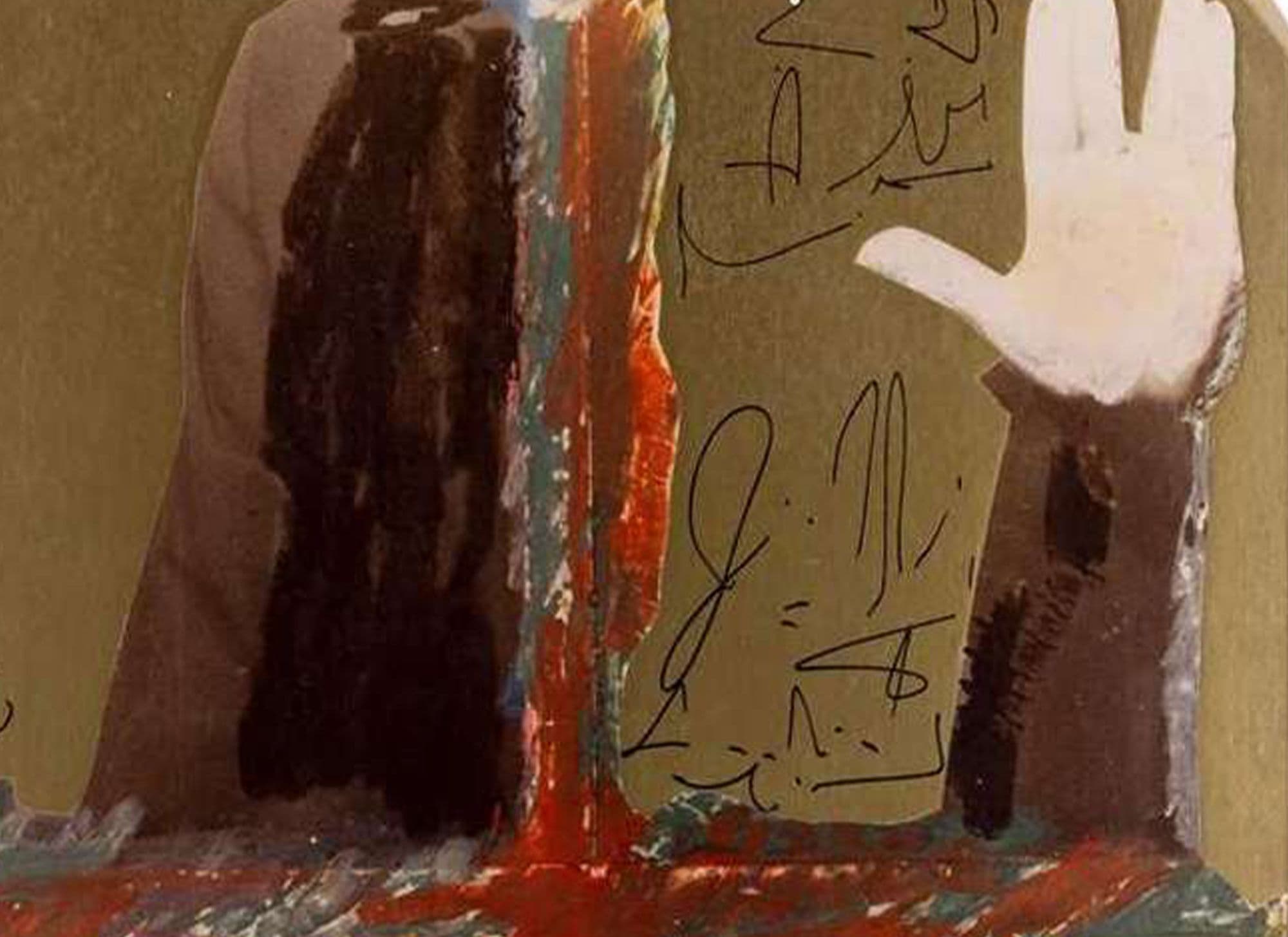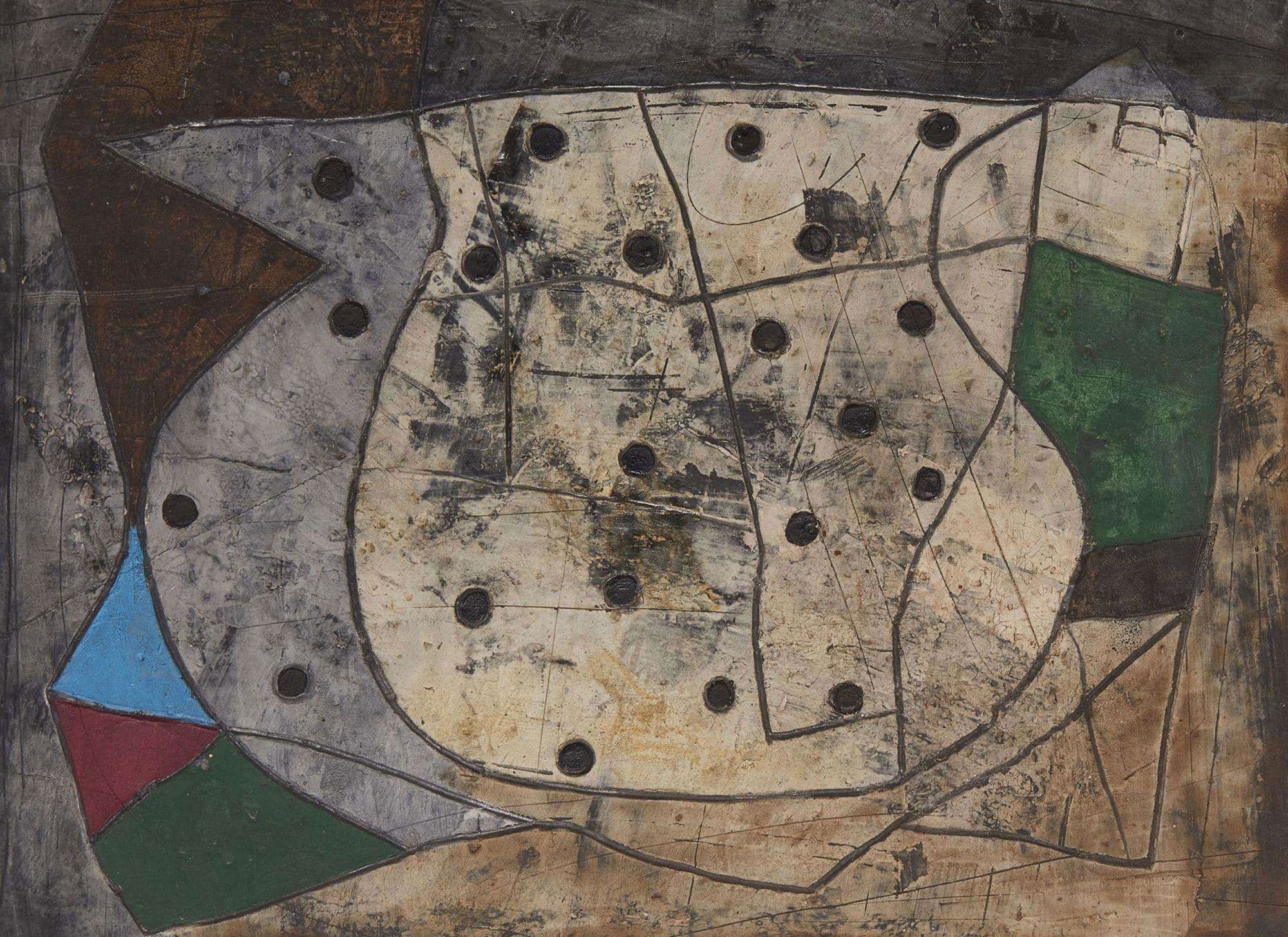A pioneer of the so-called ‘Bad Painting’ movement and co-founder of the influential Mülheimer Freiheit group, Walter Dahn developed a distinctive approach to painting that challenged traditional notions of the medium.
His work often employed simplification, appropriation of slogans, and a deliberately raw aesthetic, questioning both artistic conventions and the hierarchy of visual culture. Through these strategies, Dahn exerted a profound influence on a generation of German artists associated with the Neue Wilde (New Fauves) movement, which emerged in the 1970s and 1980s as a reaction against the perceived austerity of minimalism and conceptual art.
Reflecting on his early career, Dahn remarked, “We were all people who came from simple or middle-class backgrounds. The wild is also a large part of the attitude at that moment.” The rebellious energy of the punk movement was particularly formative, inspiring Dahn and his peers to embrace immediacy, spontaneity, and bold expression in their work. As he explained, “For us, like the punk musicians, it was about creating images that we wanted to see but didn’t exist.” In this way, Dahn’s paintings functioned as both personal statement and cultural critique, bridging the worlds of popular culture and avant-garde experimentation while helping to redefine the possibilities of post-war German painting.





